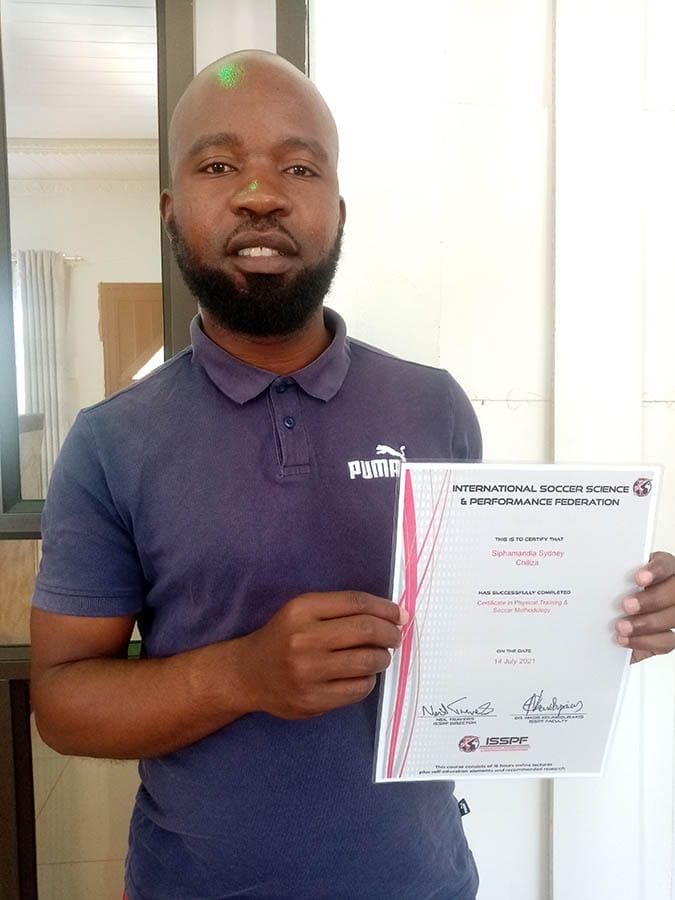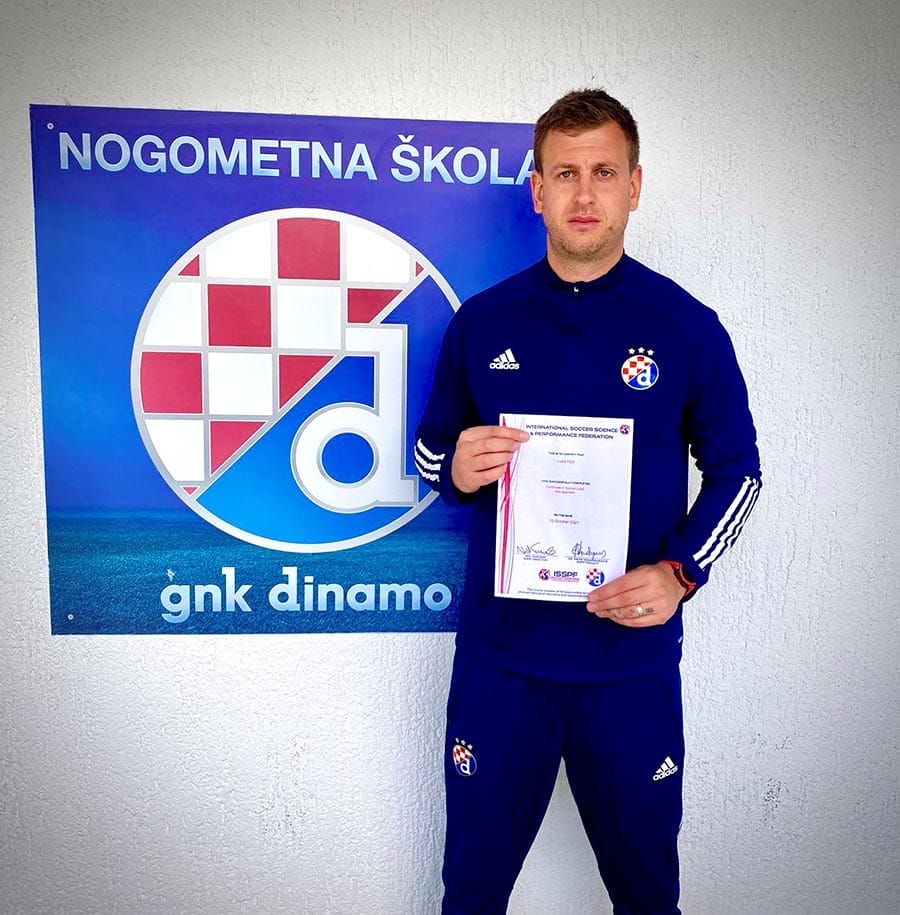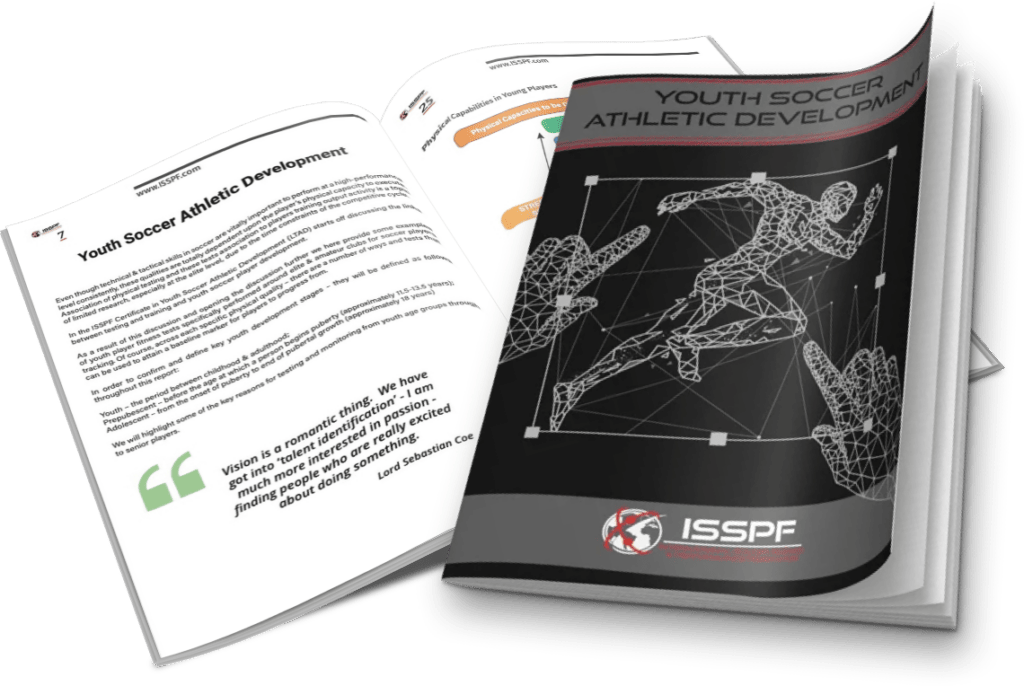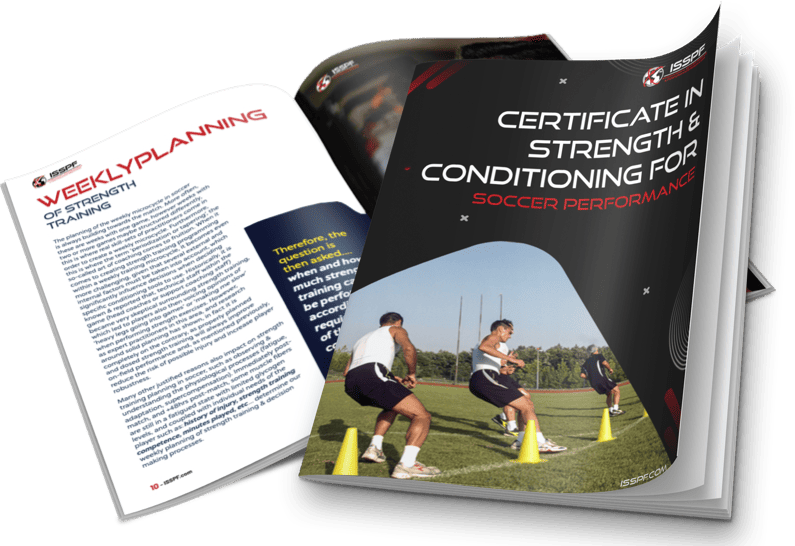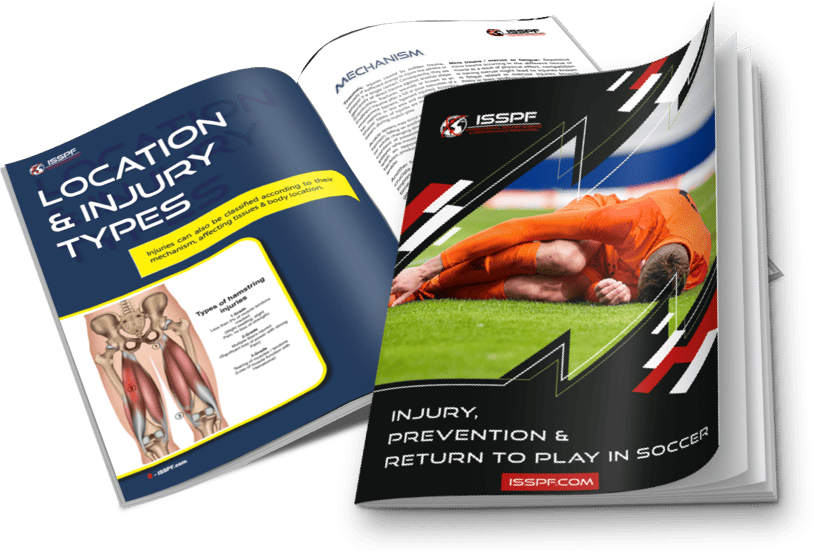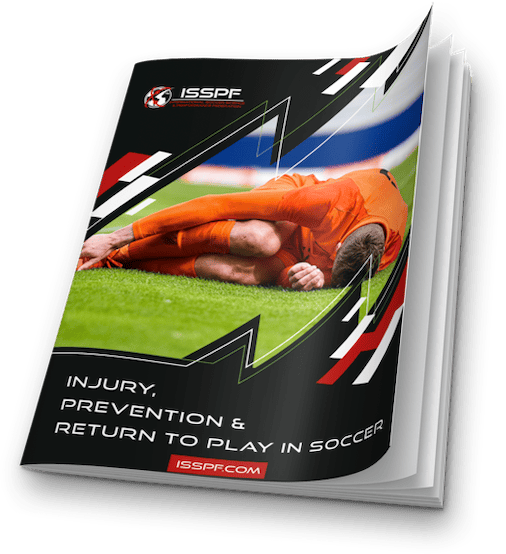Author: Bianca Castro PT, DPT, OCS
With soccer being the world’s most popular sport, it inevitably brings about elite-level athletes, financial investment, and significant pressure to keep players healthy on and off the field.
Recently, in order to maximize investment and team success, there has been more of an emphasis on injury reduction or prevention leading to increased research into the possibility predicting injuries. In order to keep teams healthy, practitioners must have an understanding of what injuries are sustained in that particular sport and how to physically screen those athletes in order to find those at risk.
This coupled with developing key training methods to avoid these injuries, and knowledge on how to treat injuries when they occur, help to keep our athletes healthier longer.
With all of this information in mind, identifying the magnitude of injury severity and incidence, identifying the etiological factors or injury mechanisms, introducing preventative measures, and seeing if these measures have an effect on the health of a team becomes paramount.
Through the extensive research and interest in investigating soccer teams and elite-level athletes, we have found that a majority of injuries fall under specific categories.
Most traumatic soccer injuries that occur can be classified as non-contact injuries, which means that these injuries may have been preventable.
Non-contact injuries are those that are sustained simply from moving during a game, and not from a collision with another player or an external force. These injuries tend to happen more frequently in the lower extremities with muscle tissue being affected the most followed by ligaments.
Breaking down the most common injuries further, we find that certain muscle groups are more commonly injured such as the hamstring, the groin, and the quadriceps.
These injury types, as suggested by the research, lead to significant loss of time in play with the most common injuries lasting between 8-28 days. According to the literature, adult players tend to get injured at rates of 10-35 injuries per 1000 training hours.
Injury Risk Screening
With this knowledge, specific in-depth analysis of key metrics of individuals who sustain these injuries might lead to some interesting outcomes concerning the predictive nature of injury risk.
Certain injuries have risk factors that can be monitored. For example, hamstring injuries which account for the most injuries in soccer have numerous risk factors such as: age, previous history of hamstring strain, running exposure, hamstring strength, eccentric control, and control of the hip and pelvis.
Each different injury type has a different risk factor along with its difference in prevalence. If we can identify these key risk factors, then it may open up further that chance to perform more detailed screening processes to identify those at risk for different injuries.
Injury screens can be done throughout the season to measure performance changes.
These screens can consist of objective measurements such as range of motion and soft tissue flexibility, as well as specific movement screens such as the athlete movement system, jumping measurements, or other body anthropometrics. There are a variety of screening tools that can be implemented, each having their own strengths and weaknesses.
Many of these tools have been extensively researched and could be used in conjunction with other test measures to ensure a well-rounded performance or injury related screening.
This can identify areas of the player that should be focused on in terms of an improvement program and highlight areas that may show increased potential for injury.
Strength & Conditioning for Soccer Performance Course
Monitoring Workload
In addition to injury screening, teams can also monitor workloads in order to screen for injury risk.
By measuring the workload performed over one weeks-worth of training and comparing it to a chronic workload over a month, we may be able to determine when there are ‘training spikes’ in overall training workload and how much these spikes change over time.
Recent research in this area has suggested that injuries tend to occur in the week following a larger spike in training load. If training load changes are maintained under 10% weekly increases, the literature tends to point towards a decreased risk in overall injury rates; however, future research is required in this area in various populations of athletes.
Further objective measurements, combined with utilizing the various workload calculations may be to implement overall wellbeing measures for the athlete, both in terms of internal well-being such as stress, sleep, nutrition, and rate of exertion as well as external wellbeing in terms of overall workload.
Injuries Will Happen, Regardless Though
Despite our best efforts at determining risk for injury, it is inevitable that injuries will still be sustained.
When these injuries do occur, we can assist athletes in having their best chances at a speedy recovery and a return to sport. As shown in the literature, returning to sport is sometimes difficult and the risk for an injury increases after the first phase of rehabilitation.
For example, a player that sustains a hamstring injury is 4 times as likely to sustain another hamstring injury. In order to help athletes return to sport, we should follow a multi-factorial return to sport program that consists of gradual increases in overall workload, consistent screening, and gradual return to sport.
The ISSPF online course in Soccer Injury Prevention, Rehabilitation & Return to Play covers a lot of content around this key topic.
Protocols for screening and overall return to sport vary team by team, or practitioner by practitioner and should be well planned, structured and executed.
It is clear that within all sports there are numerous mechanisms of injuries, numerous types of injuries, and numerous risk factors for these injuries; however, if we implement best practice and a well-planned model for injury risk screening along with well-being, and workload monitoring, we may be able to positively influence a fraction of these injuries from occurring.
Moreover, when injuries do occur, it is equally important to utilize a very relative and applied return to sport program in order to minimize the chances of reoccurrence.
What Next?
The demand for sports science, S&C coaches, physiotherapists, and performance & coaching specialists in football & team sports is growing year upon year. Thousands of students are leaving university with a sports science degree, physio or therapy-related qualification, however many of them asking the key question…
- What now?
- What’s the next step?
- Which area of sport or football science & medicine do I want to specialise in?
- How can I take my learning to the next level?
These are certainly interesting questions as progressing from completing a sporting, medical or therapy related degree to then working in professional football & trying to understanding all the key components, and soft skills that come with jobs in football or careers within sport is complex.
As a result, the bespoke courses developed by ISSPF Fitness, Medical & Football Science Faculty members are a way of further exposing learners, parents, professional coaches, students, or other individuals interested in football science with a thirst to develop & up-skill further.
The link below will take you to the hugely popular & expertly designed ISSPF endorsed & accredited Strength & Conditioning for Soccer Performance online sport science course, where you will be exposed to football medicine & coaching science led research, with practical examples used by the game’s leading practitioners.
Strength & Conditioning for Soccer Performance Course
Who is this Strength & Conditioning for Soccer Performance for?
- Individuals tasked with the responsibility for the strength & conditioning, training, preparation & coaching aspects of soccer players.
- Individuals with an interest in developing their own knowledge in the strength & conditioning, training & development of individual soccer players and teams.
The Certificate in Strength and Conditioning for Soccer Performance provides you with the most efficient and modern training methods, drills and exercises to maximise the speed, endurance and strength of your players for peak match day performance.
This course is suitable for:
- Individuals tasked with the responsibility for
- Individuals with an interest in developing their knowledge in
The course is comprised of the following:
- 15 study hours
- Pre- & post-lecture reading references
- Multiple-choice tests
- Course assignment
- Certificate of Achievement
Strength & Conditioning for Soccer Performance Course
Share this article:




